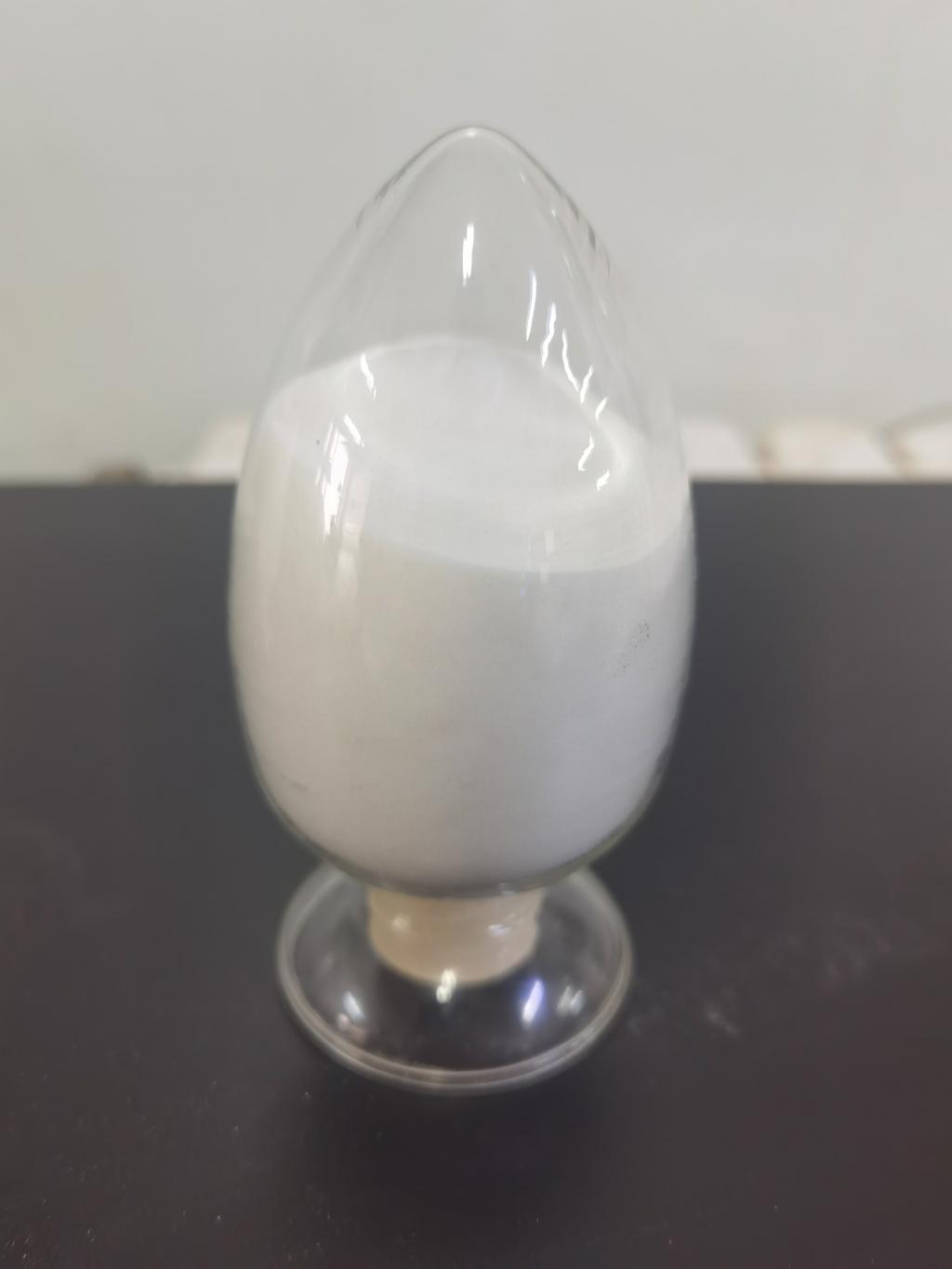Tel:+8618231198596

News
 CONTACT
CONTACT
 CONTACT
CONTACT
- Linkman:Linda Yao
- Tel: +8618231198596
- Email:linda.yao@dcpharma.cn
- Linkman:CHARLES.WANG
- Department:Overseas
- Tel: 0086 0311-85537378 0086 0311-85539701
News
ε-Polylysine hydrochloride's compatibility with different materials.
TIME:2024-04-10
Understanding ε-Polylysine Hydrochloride:
ε-Polylysine Hydrochloride, also known as poly-L-lysine hydrochloride, is a biodegradable, cationic polymer composed of lysine monomers linked by peptide bonds. It is typically produced through fermentation by certain strains of bacteria, making it a natural and sustainable material. The compound is water-soluble and can be easily modified to achieve desired properties, such as molecular weight and charge density, through controlled synthesis methods.
One of the key attributes of ε-Polylysine Hydrochloride is its compatibility with different materials, including metals, polymers, ceramics, and biomaterials. This versatility stems from its ability to form electrostatic interactions, hydrogen bonds, and covalent bonds with various substrates, enabling it to adhere to surfaces and modify their properties effectively.
Applications in Surface Modification:
The compatibility of ε-Polylysine Hydrochloride with different materials makes it well-suited for surface modification applications across a wide range of industries. Some of the key applications include:
Biomedical Engineering:
ε-Polylysine Hydrochloride has found applications in biomaterials and medical devices, where surface modification is critical for enhancing biocompatibility, reducing biofouling, and promoting tissue integration. It can be immobilized onto the surfaces of implants, scaffolds, and drug delivery systems to improve their performance and longevity.
Food Packaging:
In the food packaging industry, ε-Polylysine Hydrochloride can be used as a coating material to enhance the barrier properties of packaging films, such as oxygen and moisture resistance. By modifying the surface properties of packaging materials, ε-Polylysine Hydrochloride can help extend the shelf life of perishable foods and protect them from spoilage.
Electronics:
ε-Polylysine Hydrochloride has applications in electronic devices, where surface modification is employed to improve adhesion, conductivity, and corrosion resistance. It can be used as a surface modifier in printed circuit boards, sensors, and electronic components to enhance their performance and reliability.
Textiles:
In the textile industry, ε-Polylysine Hydrochloride can be used as a surface modifier to impart antimicrobial properties, stain resistance, and wrinkle resistance to fabrics. By coating textiles with ε-Polylysine Hydrochloride, manufacturers can create functional textiles with enhanced durability and hygiene properties.
Environmental Engineering:
ε-Polylysine Hydrochloride has applications in environmental engineering, where surface modification is employed to enhance the performance of filtration membranes, adsorbents, and catalytic materials. It can be immobilized onto the surfaces of these materials to improve their efficiency in water treatment, air purification, and pollutant removal.
Impact Across Industries:
The versatility of ε-Polylysine Hydrochloride in surface modification has had a significant impact across various industrial sectors. By enabling the modification of surface properties, ε-Polylysine Hydrochloride has opened up new opportunities for product innovation, performance enhancement, and sustainability improvement.
In the biomedical field, ε-Polylysine Hydrochloride has facilitated the development of advanced biomaterials and medical devices with improved biocompatibility and functionality. This has led to advancements in tissue engineering, regenerative medicine, and drug delivery, with potential applications in treating a wide range of medical conditions.
In the food packaging industry, ε-Polylysine Hydrochloride has helped address the challenge of food waste and spoilage by extending the shelf life of packaged foods. By improving the barrier properties of packaging materials, ε-Polylysine Hydrochloride has enabled the development of sustainable packaging solutions that reduce food waste and minimize environmental impact.
In the electronics sector, ε-Polylysine Hydrochloride has contributed to the development of high-performance electronic devices with enhanced reliability and durability. By modifying the surface properties of electronic components, ε-Polylysine Hydrochloride has helped improve their resistance to corrosion, moisture ingress, and mechanical stress, leading to more robust and long-lasting products.
In the textile industry, ε-Polylysine Hydrochloride has enabled the production of functional textiles with enhanced antimicrobial properties and durability. This has led to the development of textiles that are resistant to stains, odors, and microbial growth, offering benefits in terms of hygiene, comfort, and longevity.
In environmental engineering, ε-Polylysine Hydrochloride has played a role in improving the efficiency of water and air treatment processes. By modifying the surfaces of filtration membranes and adsorbents, ε-Polylysine Hydrochloride has enhanced their ability to remove contaminants and pollutants from water and air streams, contributing to cleaner and safer environments.
Regulatory Considerations and Safety:
As with any material used in industrial applications, ensuring the safety and regulatory compliance of ε-Polylysine Hydrochloride is essential. Regulatory agencies such as the U.S. Food and Drug Administration (FDA) and the European Chemicals Agency (ECHA) have evaluated the safety of ε-Polylysine Hydrochloride and established guidelines for its use in various applications.
Furthermore, ε-Polylysine Hydrochloride is generally recognized as safe (GRAS) for use in food contact materials and medical devices, reinforcing its status as a safe and effective surface modifier across industries. Manufacturers are required to adhere to relevant regulatory standards and conduct thorough testing to ensure the safety and quality of products containing ε-Polylysine Hydrochloride.
Future Perspectives:
Looking ahead, the versatility of ε-Polylysine Hydrochloride in surface modification is expected to drive continued innovation and advancement across industries. As researchers and manufacturers explore new applications and synthesis methods, the potential for ε-Polylysine Hydrochloride to address emerging challenges and meet evolving needs will continue to expand.
Advancements in biotechnology and materials science may lead to the development of novel ε-Polylysine Hydrochloride derivatives with enhanced properties and functionalities, further extending its utility in surface modification. Additionally, increased collaboration between academia, industry, and regulatory agencies will facilitate the safe and responsible deployment of ε-Polylysine Hydrochloride in diverse applications.
Conclusion:
In conclusion, ε-Polylysine Hydrochloride stands out as a versatile and effective material for surface modification across industries. Its remarkable compatibility with different substrates, coupled with its biodegradability and safety, makes it a valuable tool for enhancing the performance, functionality, and sustainability of various products and processes. By enabling the modification of surface properties, ε-Polylysine Hydrochloride has opened up new avenues for innovation and improvement, with far-reaching implications for diverse industrial sectors and society as a whole.
- Tel:+8618231198596
- Whatsapp:18231198596
- Chat With Skype







